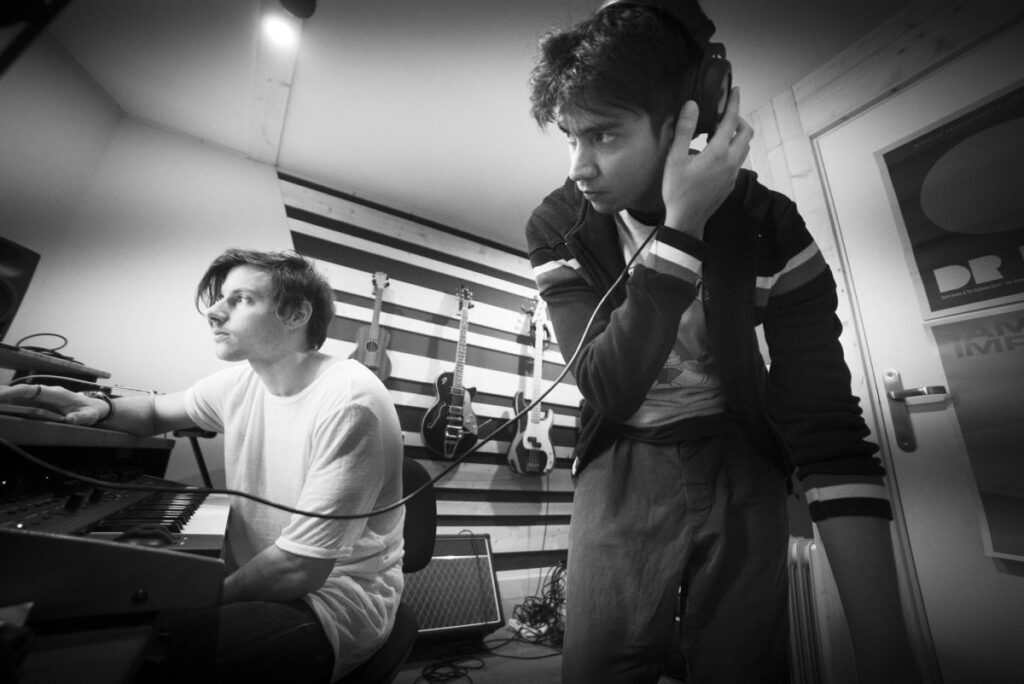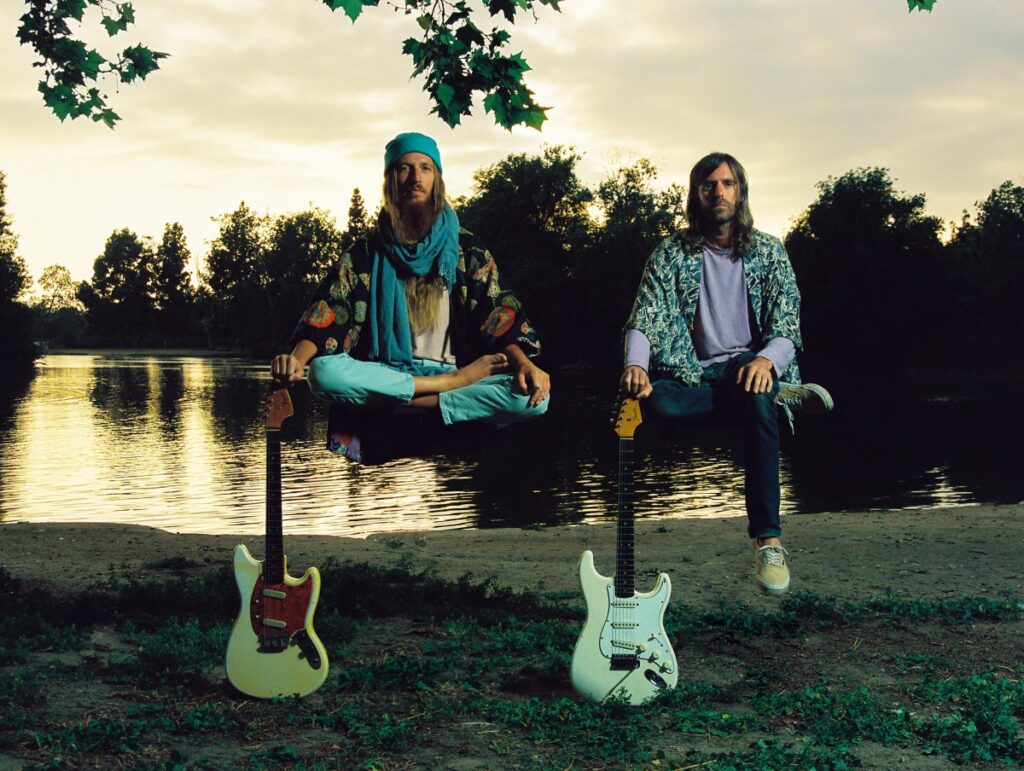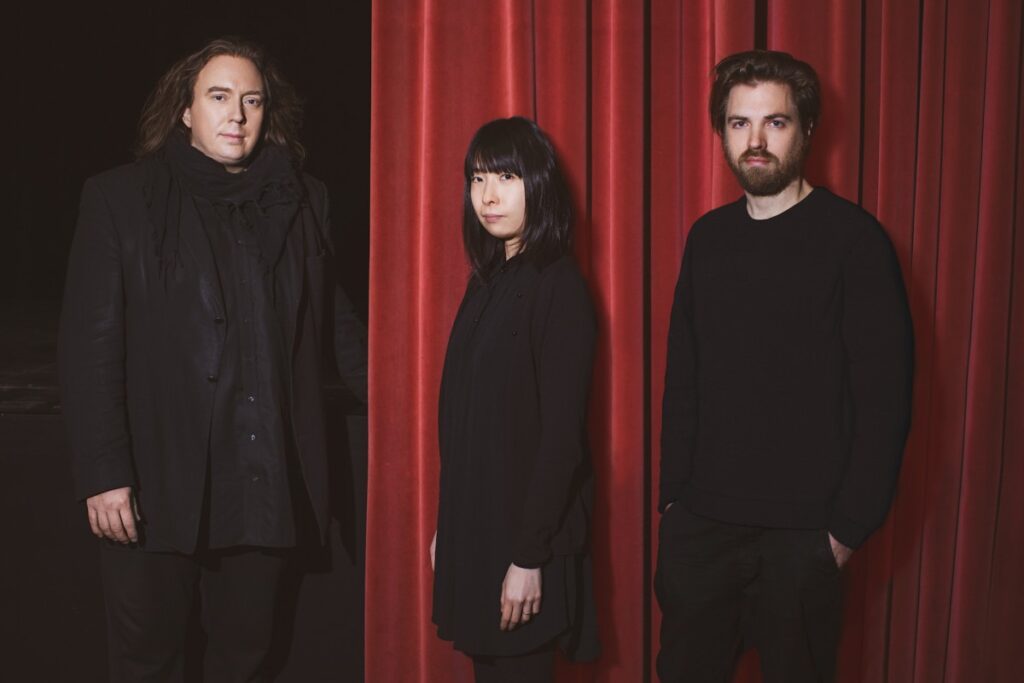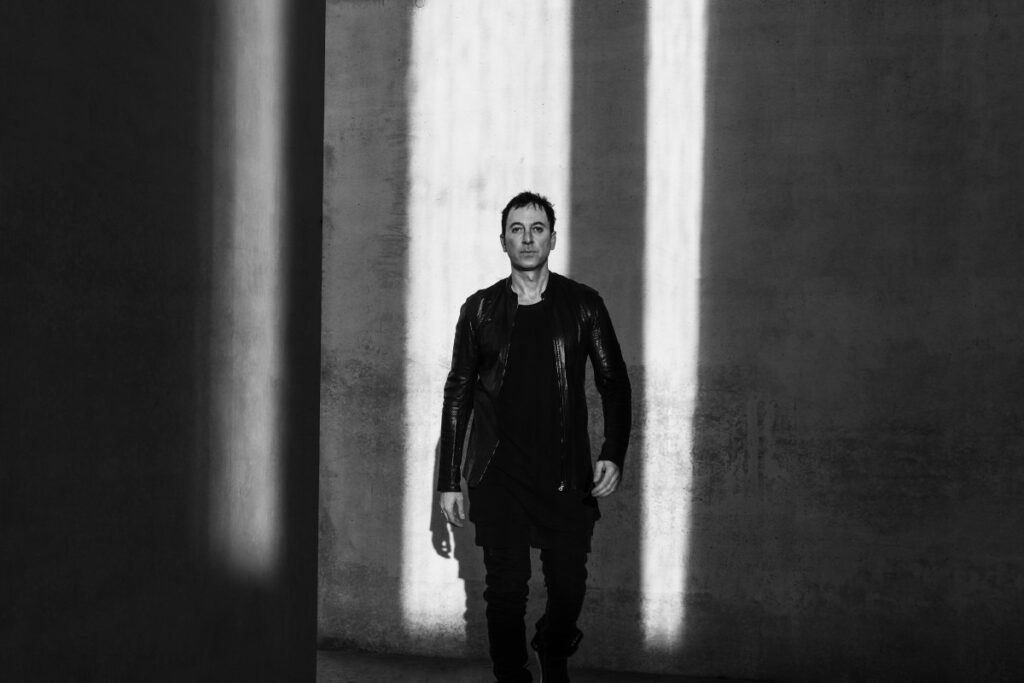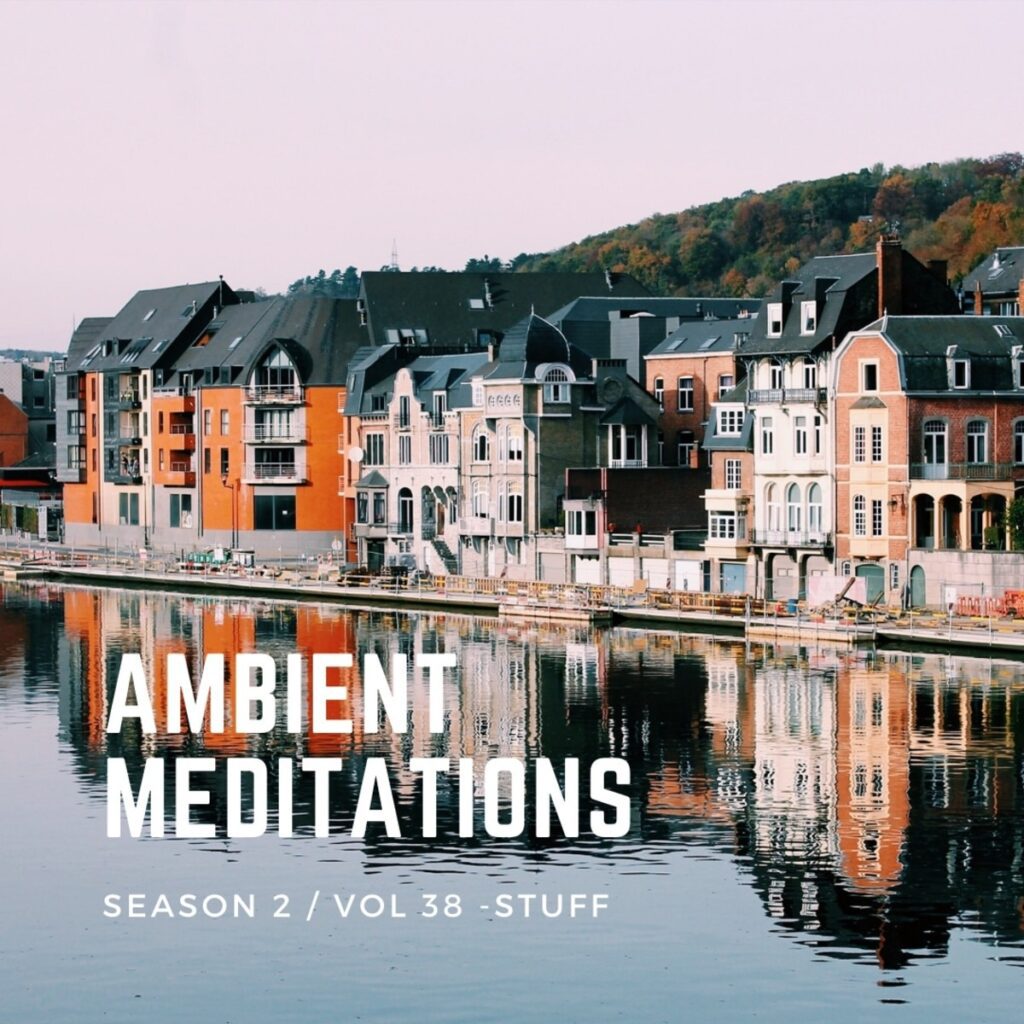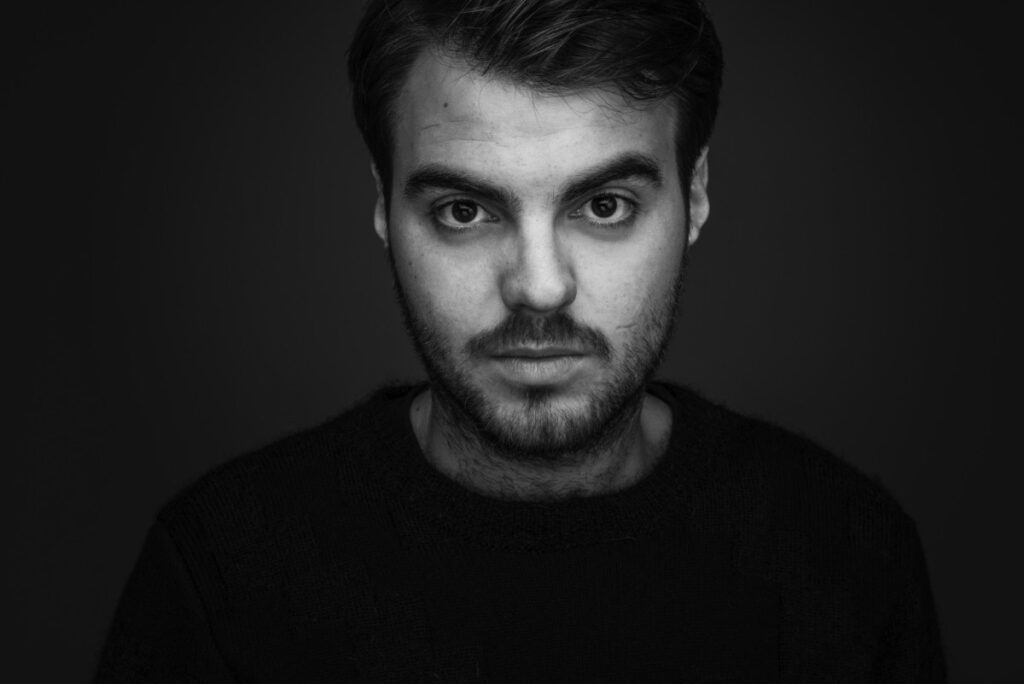French producer Møme & LA-based vocalist Ricky Ducati have teamed up on a new album Flashback FM. The pair first linked up in 2018 to make their first collaboration “Fly Away,” before launching into a full album collaboration. Flashback FM was made a world apart, created entirely from their respective studios in Paris and LA.
The LP is a callback to the 80’s with roaring guitars, synths and vocals that bring some French synthwave into LA sunshine. “Passenger Seat” is a straight and true nighttime ride down route 1, while you have slow jams like “Moves Slowly” and upbeat summer jams like “Flamingo.” The album is funky, fun and damn danceable that make you think things will get better at some point.
To bring together this project, there was a lot of hardware and software used in Paris and Los Angeles. We had them break it all down for us in a new How It Was Made feature. This one is a little unique since they did it in two different places, so there is a section for Møme and then for Ducati, which is a little smaller as the singer and songwriter. We will start with Møme, which is heavier on the hardware.
Listen to the album as you listen and get a copy here.
Møme:
1. Sequential OBERHEIM OB6
My gear crush! This is the main analog synthesizer of my studio. I’m an absolute fan of this synth and I would never exchange it. It’s my Swiss army knife for chord progressions, pads, FX, and even bass. The filter is amazing. Sometimes I add external effects like chorus, flanger, reverb to explore and get new textures. But it sounds very good dry too. I really like using the LFO and the aftertouch helps to humanize my way of playing. You can hear it in the Flashback FM album songs “Moves,” “I Know” and “In Control.”
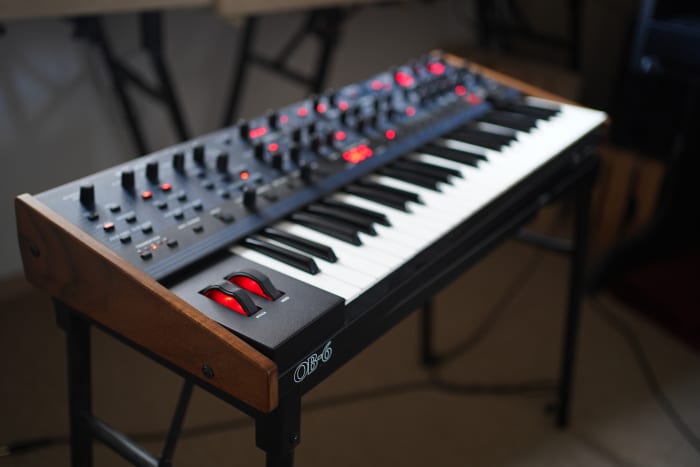
Sequential OBERHEIM OB6
Møme
2. Ableton + Plugins Universal Audio
My favorite DAW is Ableton, and I mix a lot with the transparent plugins included like compressor/ Drum Buss/ saturator to keep my CPU low. To get a warmer or specific vintage sound I’m using a lot Universal Audio plugins too.
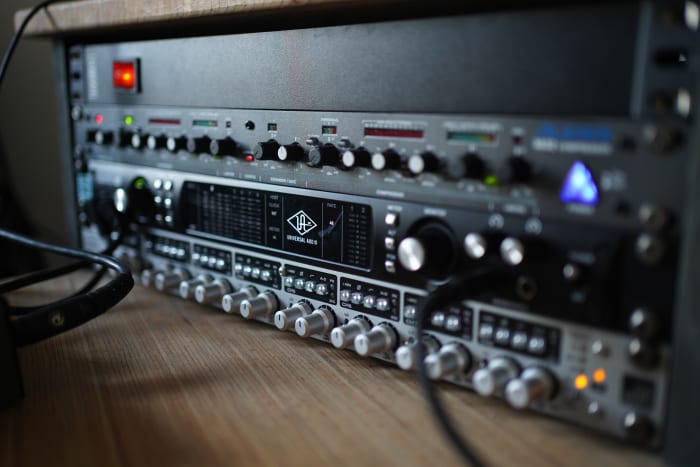
Universal Audio
Møme
I remember I often mixed this album with the Lexicon Reverb 224 / the comp limiter Manley Va-riable MU/ Empirical Labs Fatso / the Studer A800 tape/ or a more specific one, like the Bx Synth Sub bass or the colored eq Pultec EQP 1A.
I also re-amped some drums into the cheap ALESIS 3632 Compressor hardware to get the French pump.
3. Moog Sirin
The Moog Sirin is an analog warmth synth I use mainly for bass lines and some leads and it is amazing. It brings powerful and consistent low ends in the mix. You can hear it in our tunes “Sail Away” and “Final Dream.”
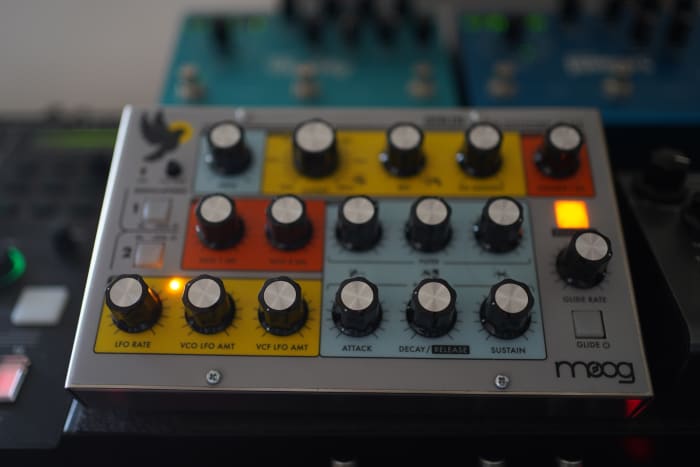
Moog Sirin
Møme
4. Strymon BigSky And Mobius
I can’t imagine my studio without theses pedal effects. Strymon have a solid reputation and you can get amazing texture with theses one. The BigSky is a must have to get the reverb you need. I use it with all my inputs: synth, bass and guitar and it works perfectly well. The Mobius is a multi effect chorus flanger/destroyer very inspiring and useful to distort your source.
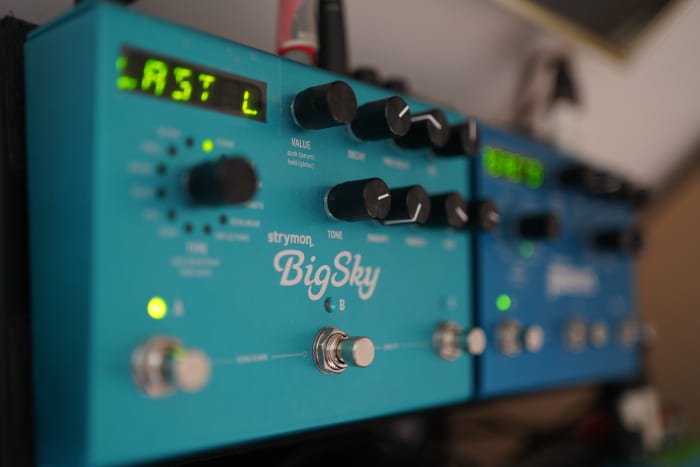
BigSky
Møme
5. Guitars – Fender Strat US/ Duesenberg Starplayer / Bass Fender Precision
They are my partners in crime. When I made the album, I recorded guitars and bass lines and then used it as a sample. I really love to add distortion and warp the sample until I get what I want. You can hear it in my favorite part of the album that starts at the end of the outro song “Passenger Seat.” Also, I’m playing with a classic Stratocaster US for funky stuffs and the Duesenberg for big riff and solos.
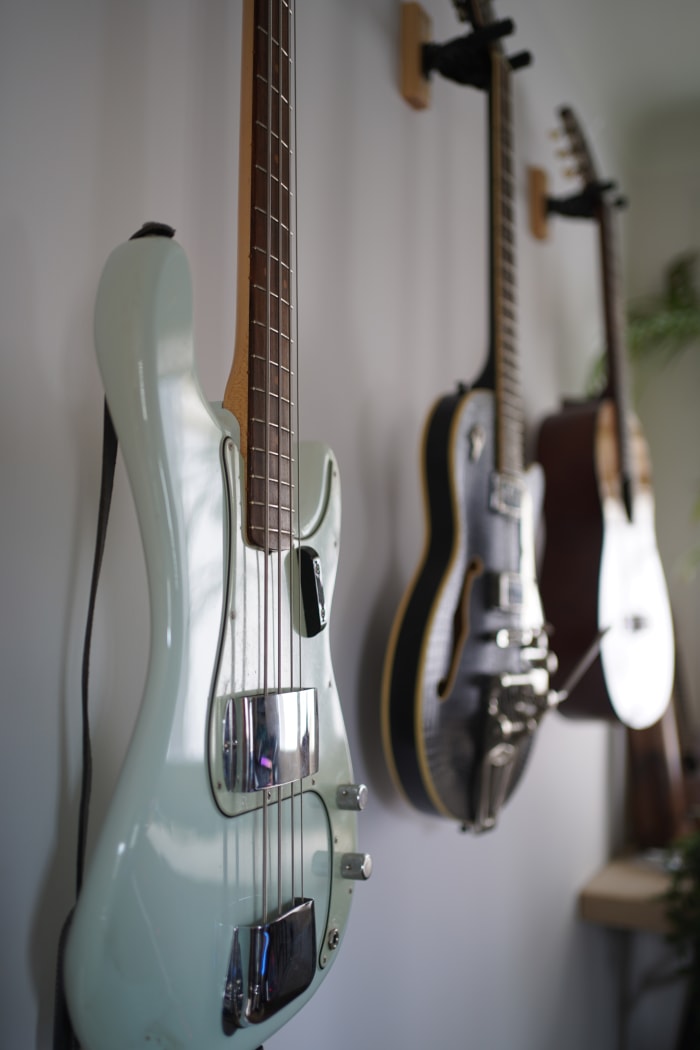
Guitars
Møme

Guitars
Møme
6. Handmade Pedal Effect Generation Loss
I felt totally in in love when I heard for the first time this handmade pedal. You can get the Lo-fi sounds. It’s a rare piece and I got a lot of inspiration thanks to this.

Generation Loss Pedal
Møme
7. DSI Prophet ’08
It took me a lot of time to appreciate this analog synth. Actually I had to spend a lot of time to get the sound I was looking for. Then it happened. I got fantastic pad sounds and you can hear them in the beginning of our song “I Know” and the “Flashback To 79 Interlude.” Now, I can’t imagine my studio without this DSI. I mainly use it for pads/arp or his gate sequencer.
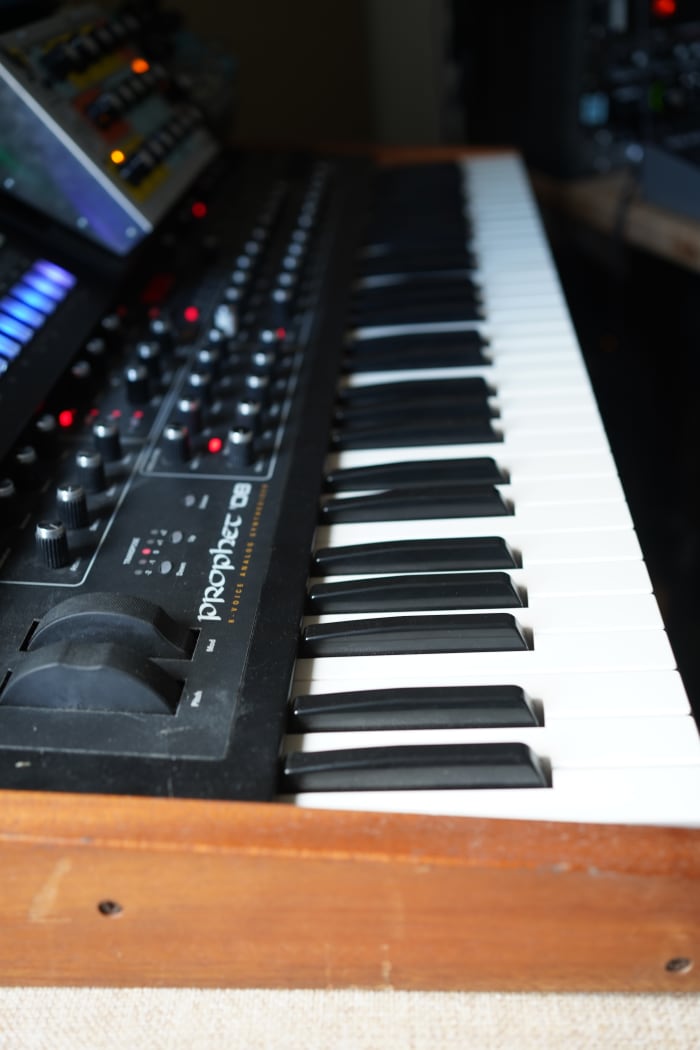
DSI Prophet ’08
Møme
8. Roland TR8S
For drums, I used mainly the Roland TR8s groovebox, 808, 909, 707. I also imported some Linn Drums and DMX Oberheim!
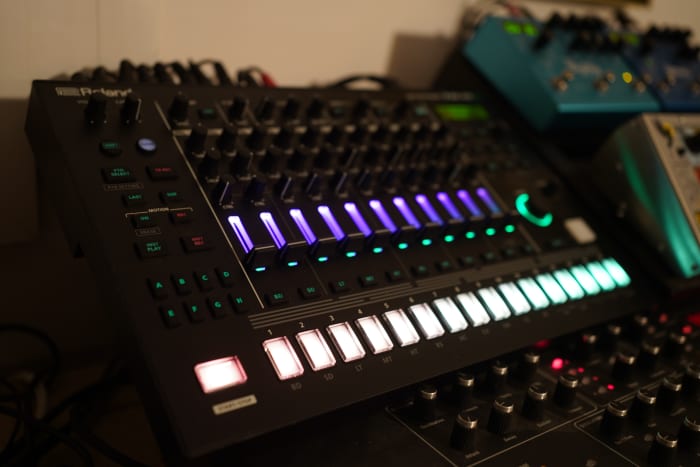
Roland TR8S
Møme
9. VST and Others Instruments
Tal Uno: This is a good clone of the Juno 106. I would have loved to get the hardware one but unfortunately it was not possible. I will get it one day!

Tal Uno
Møme
Native Instruments: I add some texture and sound design with Reaktor and sometimes I used also Kontakt for strings/organic drums.

Kontakt
Møme
Nectar 3: For vocal treatment/effect.
SampleScience Player: Free plugins I used for some organs or other stuff.
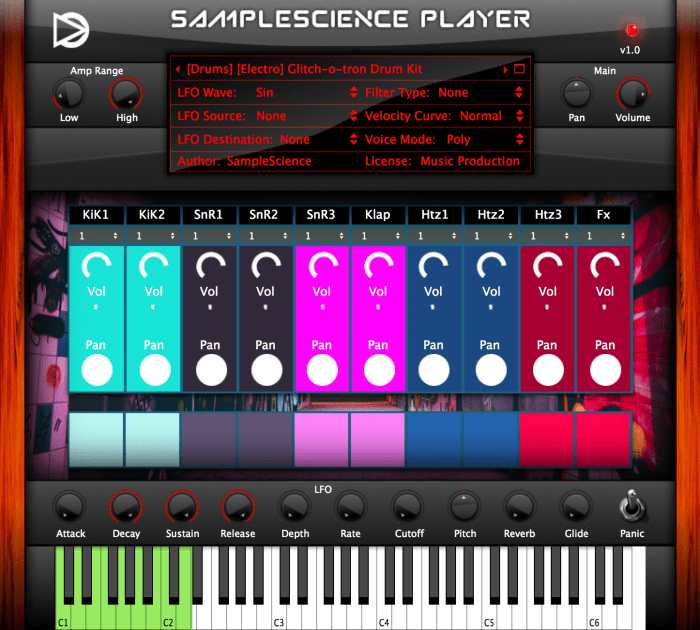
SampleScience Player
Møme
LIE Expressive E: French start-up made this new amazing controller. It brings a very original texture and sound design in my production.
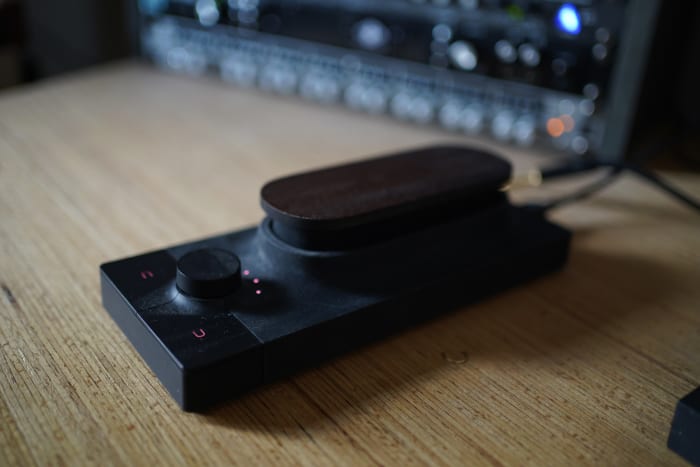
LIE Expressive E
Møme
Ricky Ducati
Melody:
The melody is what I come up with first for every song I write and usually it will come with pieces of the chords as well. From there I’ll decide if the melody sounds like a verse/chorus etc and work backwards or forwards from there. Generally I don’t like to think of songs needing specific sections because that feels quite limiting but having some concept of structure always helps to realize a completed work.
Lyrics:
I mentioned earlier that melody comes first and after the song structure is completed the lyrics come last. When I hear the melody I will have sounds that I want to hear with it(for example an “are” sound or a “eeee” sound). From there I sing a demo vocal and try to fit words to the sounds. I do not see myself as an expert lyricist but I have a good feeling of the sounds of words. With lyrics I also have a couple good writing partners who do the work when I cannot and I owe them a lot of thanks. (Sonny Sachdeva, Nicole D’Anna)
Mic:
For a microphone I use an Audio-Technica AT2020 USB. This microphone is really basic but has always been able to capture my emotion correctly. I do believe I am in need of an upgrade but I’m happy to know if all fails I have something that works.

Audio-Technica AT2020 USB
Ricky Ducati
Plugins:
I work in Ableton Live and use a lot of their stock plugins for my vocal demos. I usually will cut a lot of low-end frequency and add a mix of delay, chorus and compression to finish it off. This is a combination that I’ve tweaked over the years and now I just copy and paste it in when I start a new track.


